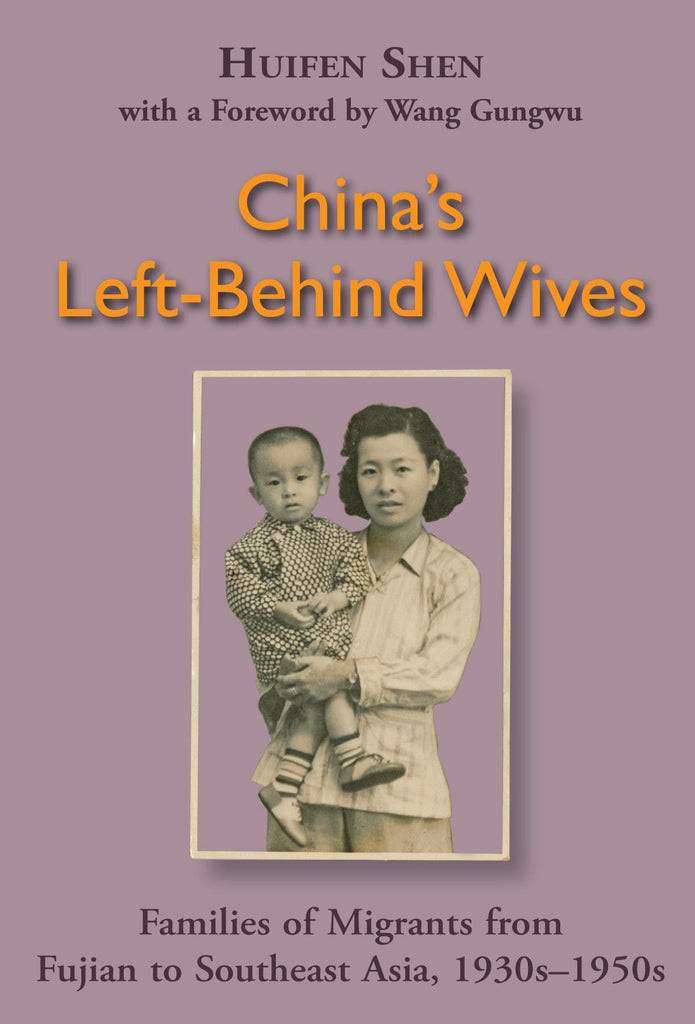China's Left-Behind Wives: Families of Migrants from Fujian to Southeast Asia, 1930s-1950s
$38.00 SGD
In China's Left-Behind Wives, Huifen Shen tells the extraordinary story of an overlooked group of women who played an important role in one of the largest waves of migration in history. For roughly a century starting around 1850, large numbers of young men from southern China travelled to Southeast Asia in search of work. Some were married and others returned to marry, but they routinely left their wives in China to handle family affairs. Drawing on in-depth interviews, archival materials, local gazetteers, newspapers and periodicals, the author describes the experiences of left-behind wives in the Quanzhou region of Fujian from the 1930s to the 1950s, a time when war and political change caused customary practices to break down.
Migrant marriages were nearly always arranged, and girls rarely met their husbands before the wedding. Normally a bride lived with her new husband for just a few weeks or months, after which he went abroad. The circumstances in the 1940s and 1950s were such that many of these young women rarely, or never, saw their husbands again. When the Pacific War cut off communications, the loss of remittance money meant that they faced a difficult struggle for survival. The war's end brought a brief respite, but the communist ascendency led to further difficult adjustments. Ultimately, the experiences of the left-behind wives drew them into public life and business, and as Overseas Chinese policies, and attitudes towards women, changed in China, they came to play an increasingly significant part in the processes of development and modernization.
"Successful...The large amounts of statistical data compiled and analyzed in this book alone will be beneficial for those who are interested in structural change in [Asia], not only of its agriculture, but also of the economy and society in general." - Nicole Newendrop
"Shen’s book is pivotal in helping researchers understand Chinese migration from another perspective and shed light on the experiences of the ‘left-behind wives’ in China." - Jason Lim
“The book is very well organised, and every chapter is interspersed with colour photographs of typical Hokkien buildings in Quanzhou, early family letters sent from Southeast Asia, interview records, and news clippings taken from local archives and early newspapers... This is a well-researched book on the qiaoxiang of south China that fills an important gap in the study of Chinese emigration.” - James Chin
SHEN Huifen is an Assistant Professor in the Research School for Southeast Asian Studies and Faculty of International Relations at Xiamen University, China.
Publication Year: 2012
272 pages, 229mm x 152mm
ISBN: 978-9971-69-561-3, Paperback
NUS Press

